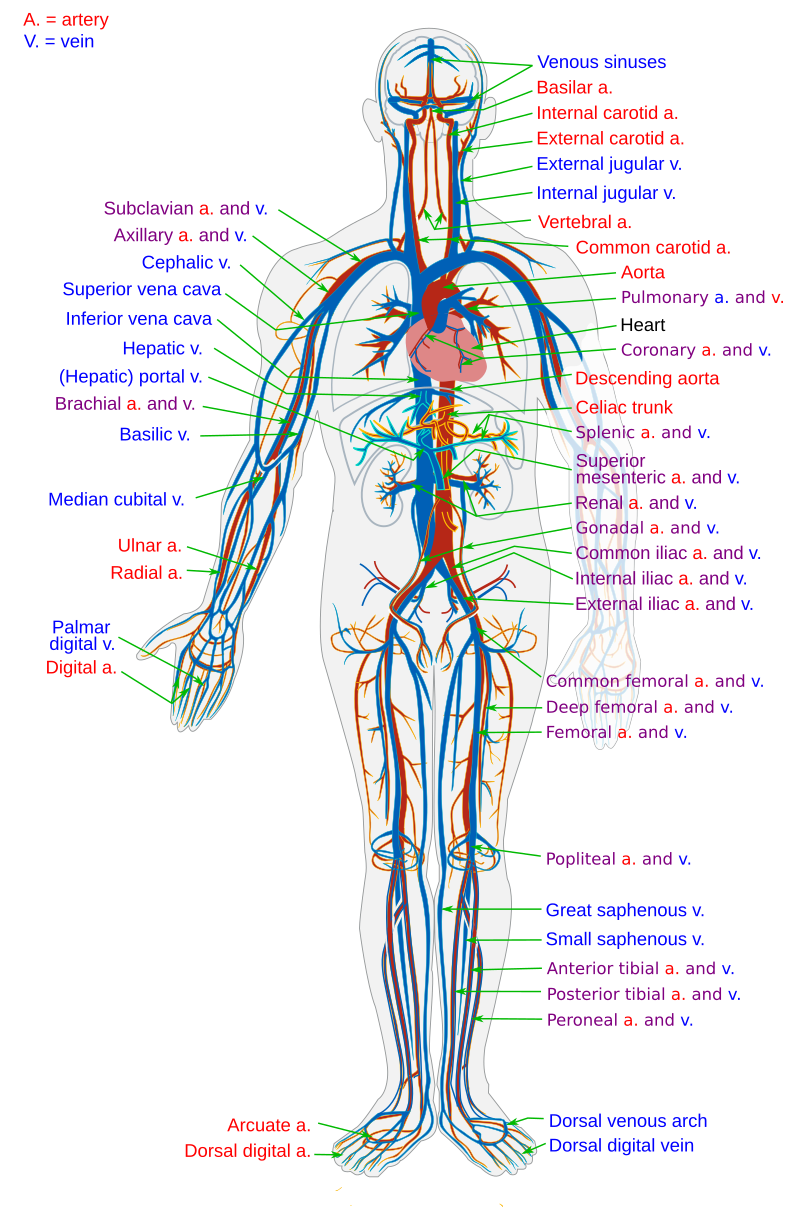Europe's Biliary Atresia Screening: Disparities and Future Directions

Recent research published in the *World Journal of Pediatric Surgery* highlights significant disparities in biliary atresia (BA) screening efforts across Europe, emphasizing the urgent need for coordinated action. Researchers from Geneva University Hospitals conducted the first comprehensive scoping review of BA screening practices in Europe, revealing a fragmented landscape where only a few countries have established national screening programs while others lag significantly behind.
Biliary atresia is a rare but serious liver condition that affects newborns, leading to liver failure if not diagnosed and treated promptly. According to Professor Barbara E. Wildhaber, a senior author of the study, Switzerland, France, and Germany have made strides by implementing national screening programs, yet many European nations still rely on localized pilot projects or have no screening initiatives at all. "While we have the tools and technology, what is missing is the political will to implement widespread BA screening," stated Wildhaber in an interview.
The study reviewed various screening strategies, including the use of Structured Clinical Care (SCC) programs, serum bilirubin testing, and biochemical profiling, drawing on data from multiple sources, including published literature and digital health tools. SCC programs, which involve the use of a color card for early detection, have shown to significantly lower the age of diagnosis and surgery when clear referral guidelines are provided. This is particularly evident in Switzerland, where such programs have been successfully integrated into newborn health booklets.
In contrast, other nations, such as the UK, have excelled in research on bilirubin screening but face challenges in transitioning findings into actionable policies. The UK’s research has demonstrated exceptional accuracy in detecting BA; however, logistical and financial barriers have hindered the broad implementation of these findings into clinical practice.
Emerging technologies, including Italy's PopòApp and Germany's AI-powered stool image analysis, show promise for enhancing screening efficacy and accessibility. These innovations could potentially offer scalable solutions for improving early diagnosis rates. The study suggests that hybrid models combining SCC with advanced digital tools could be particularly effective, tailored to individual countries' healthcare infrastructures.
Moreover, the research underscores the importance of education, awareness, and political advocacy in enhancing screening practices. Countries must not only invest in technologies but also foster a culture of clinical buy-in among pediatricians, who often express concerns regarding workload and psychological implications of adopting new screening methods.
The implications of these findings are profound. Early diagnosis and treatment of biliary atresia can significantly reduce infant mortality rates associated with the condition. The study advocates for a unified European strategy to combat BA effectively, emphasizing that timely action can save lives. As Professor Wildhaber poignantly noted, "Each delay costs lives."
In conclusion, while Europe possesses the necessary expertise and technology to enhance biliary atresia screening, the current lack of coordinated action presents a significant barrier. The path forward requires not only innovative technologies but also a commitment to policy alignment and public awareness to ensure that all infants receive timely diagnosis and care for biliary atresia.
Advertisement
Tags
Advertisement





